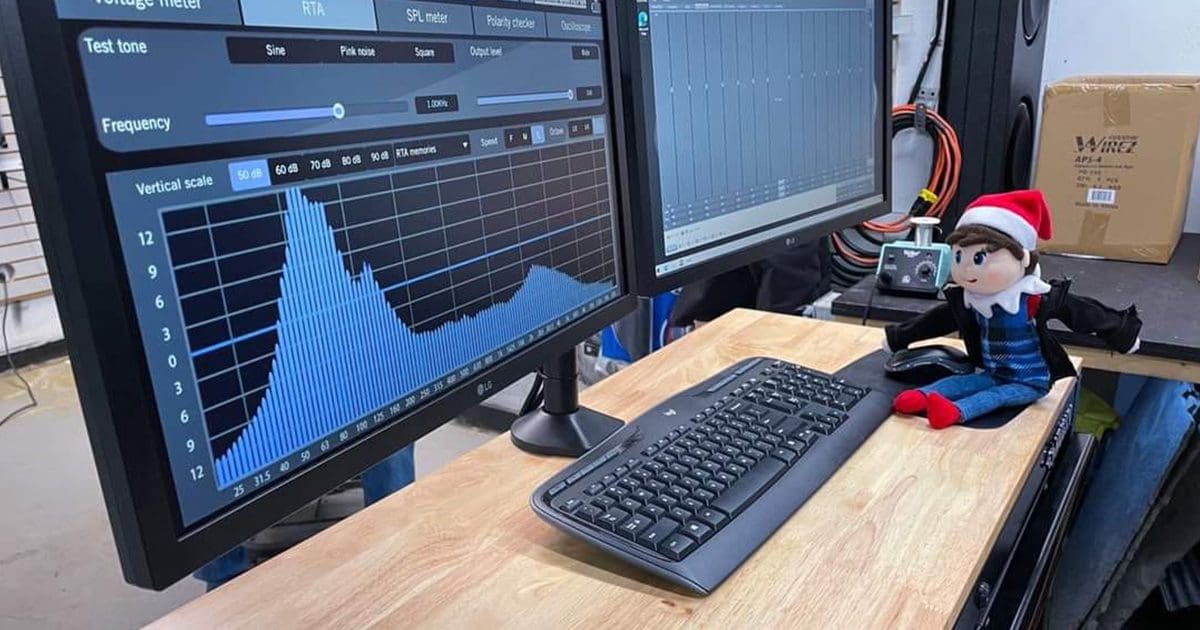The most important part of creating a high-end car audio system is having a high-quality, properly calibrated digital signal processor as part of the system. Of course, you could choose the best or most expensive speakers and have them installed in extravagant panels or pods. Still, the factory stereo in an entry-level SUV might sound more realistic without proper system configuration and equalization. So let’s look at some crucial considerations in picking the right shop to upgrade your vehicle with a car audio system that includes a digital signal processor.
What Is a Digital Signal Processor?
Decades ago, car audio enthusiasts used stand-alone crossovers and equalizers to fine-tune the signals going to each amplifier channel. Back then, most systems used passive crossover networks between the woofers, midrange drivers and tweeters in the system and an active crossover to split the audio signal between the amp for those speakers and an amp dedicated to a subwoofer.
Fast-forward to about 10 years ago, and the price of DSP ICs made them accessible to most enthusiasts. Now, you could have an audio system with an amplifier channel dedicated to each speaker, and delays could be set for each to align the output with the listening position. The result was that audio systems that used speakers in factory locations could suddenly deliver a realistic soundstage with a natural tonal balance. In short, even modest audio systems that included a properly configured DSP could replicate the tonality and imaging of the listening experience of a quality home audio system.
A digital signal processor is nothing more than a mixer, crossovers, equalizers and signal delay processing housed in a single housing. In their most fundamental elements, they are straightforward devices.
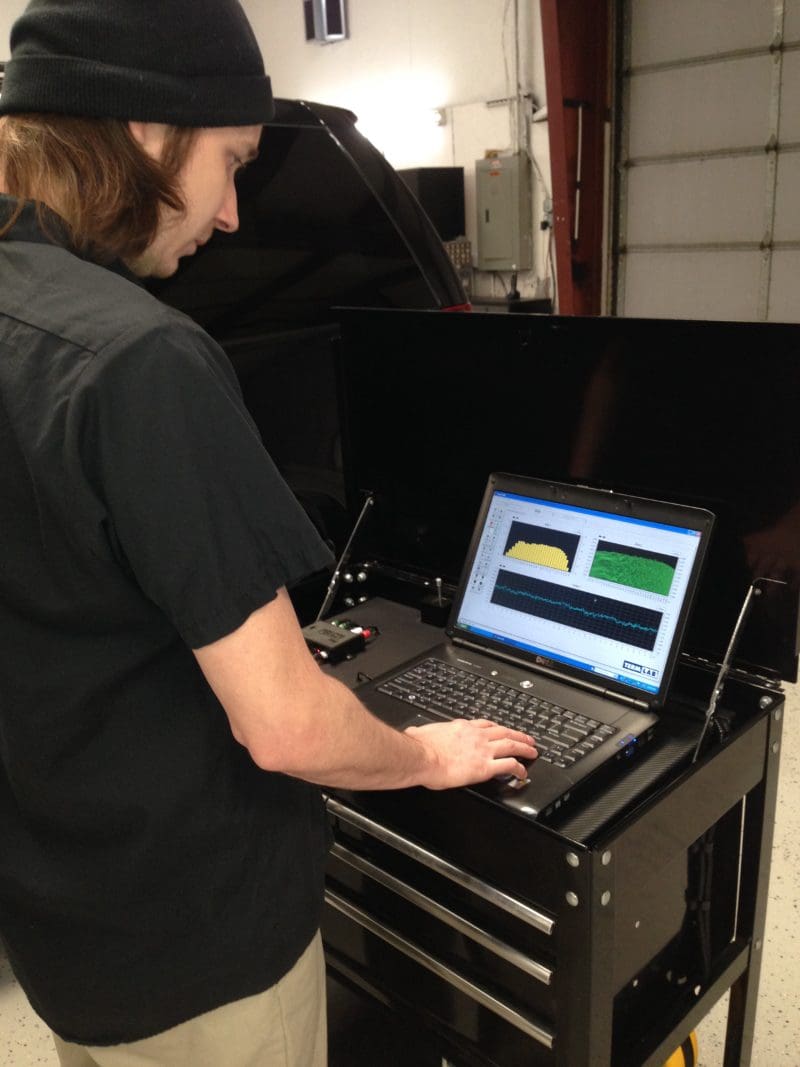
Audio System Design for DSP Applications
If you’re working with a mobile enhancement retailer to design an audio system upgrade that will include a DSP, keep in mind a few rules of thumb. First, you’ll want each speaker in the vehicle to have its own amplifier channel. This means there should be dedicated channels for the tweeters, the midrange speakers and the subwoofers in a three-way system. If you have midbass drivers and rear-fill or surround speakers, they also need their own channels. A center channel may need two amplifier channels if there is a midrange and a tweeter in that location. If you’re using coaxial or coincident drivers in the dash or doors that have integrated crossovers, they can be powered by a single amplifier channel. As such, you will likely need at least four channels for the front speakers, but maybe as many as eight. This will add some cost to the system compared to the “old days” of running a two-channel amp for the front speakers. Many companies offer high-quality multichannel amplifiers with integrated digital signal processors and outputs for high-power subwoofer amplifiers.
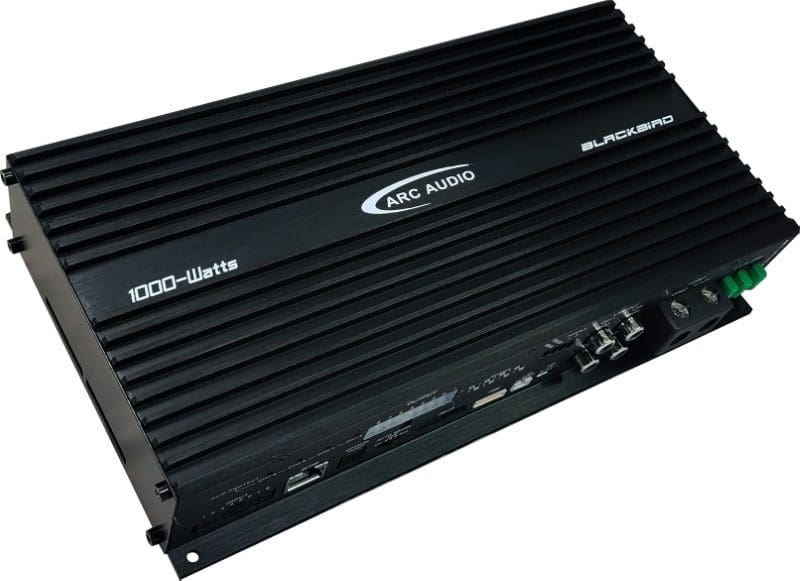
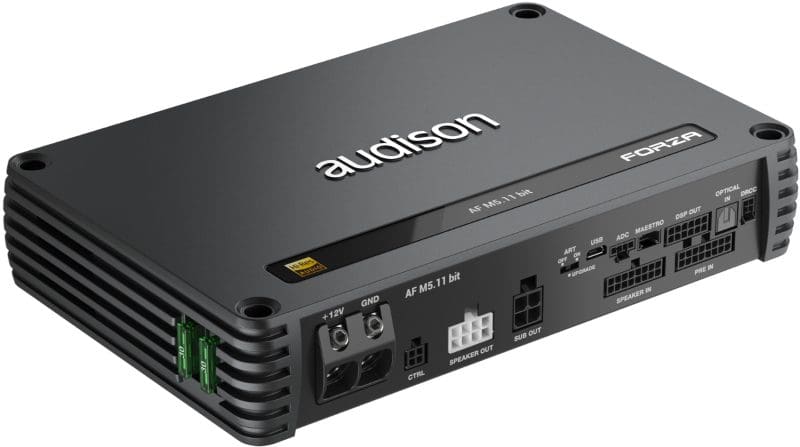
Choosing a Shop To Install a DSP System
Here’s where things start to get tricky. Almost every specialty retailer in the industry has access to stand-alone or amplified DSP solutions. However, that doesn’t mean they have the tools and training to configure and calibrate them properly. At the very minimum, the shop will need a calibrated RTA microphone or, preferably, a microphone array solution like the Audison bit Tune or JL Audio Max.
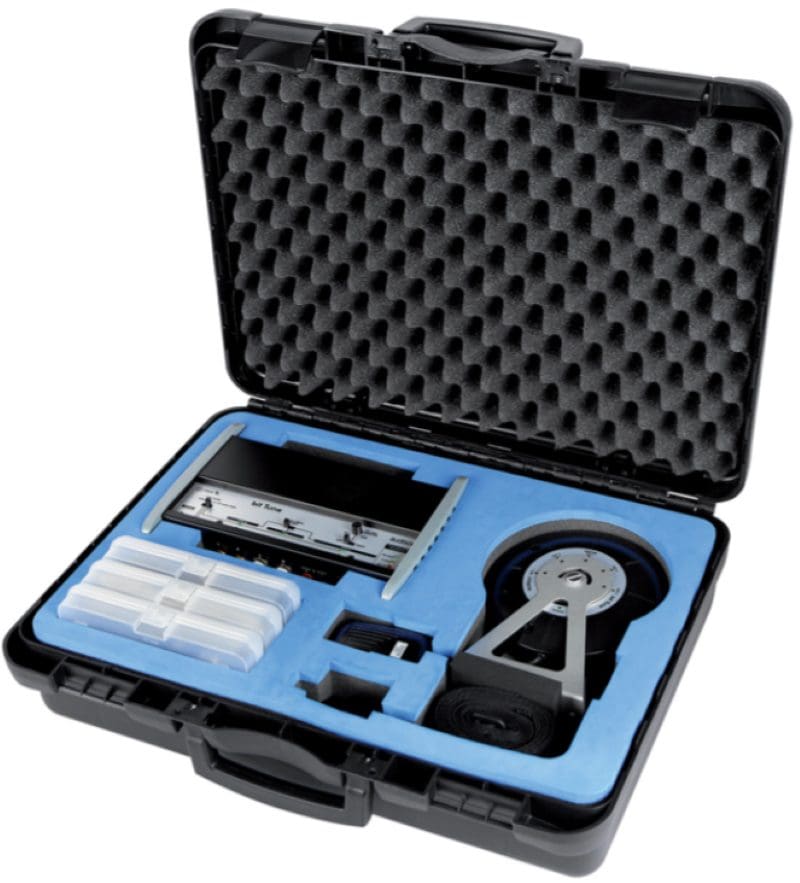
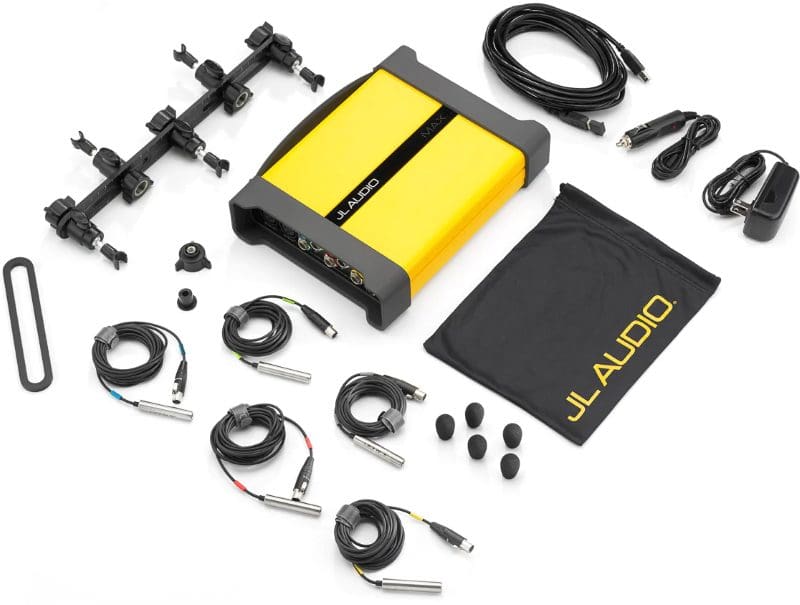
Having the proper equipment is far from all that’s required to correctly install, configure and calibrate a DSP. The technician needs to thoroughly understand how speaker placement might affect the sound produced in a vehicle. If they see an anomaly in a measurement, be it a peak or dip, they must know whether that’s an equalization issue or something like a cancellation that can’t be easily addressed. The technician needs to understand how speakers work in terms of excursion management and directivity. Third, they must understand how crossover slopes and alignments affect crossover point selection. Finally, they need to know how to measure phase and adjust single and multiseat systems to ensure that the output of both channels is aligned. Unfortunately, this knowledge isn’t something that can be conveyed in a document or taught in a quick training session. It takes months or years of constant practice and scientific experimentation to understand the data presented by the measurement systems and know how to calibrate a DSP-based audio system properly.
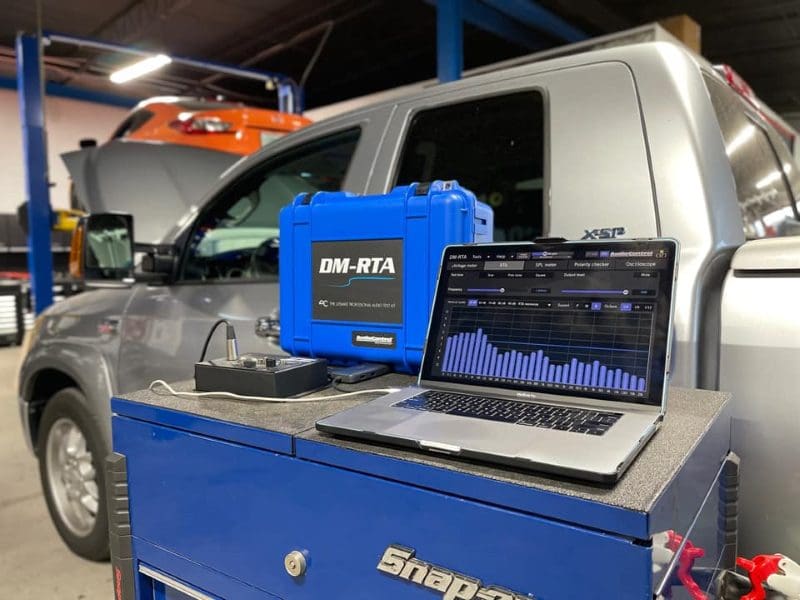
The first step in choosing a shop to work on your car starts with an interview. You should ask them about the systems they’ve installed and the hardware they have used. You’ll want to audition at least two of these systems to confirm they can deliver the desired results. If all is going well, the conversation should flip to them asking questions about how you like your music to sound. Do you want your audio system to sound like you’re at a concert with the presentation out in front of you, or do you prefer it to sound as though you’re wearing headphones or at a club where you’re in the middle of the music? Your answers to their questions affect the way the audio system is designed and are crucial to delivering an end product you’ll enjoy.
Speaking of your enjoyment, the product specialist should also be asking questions about how you listen to your music as part of the system design process. Do you want it to sound as real as possible? Do you listen at high volume levels? Do you love lots of bass? Skipping any of these questions is likely to result in someone making assumptions about your listening preferences, which can lead to disappointment at the end of the project.
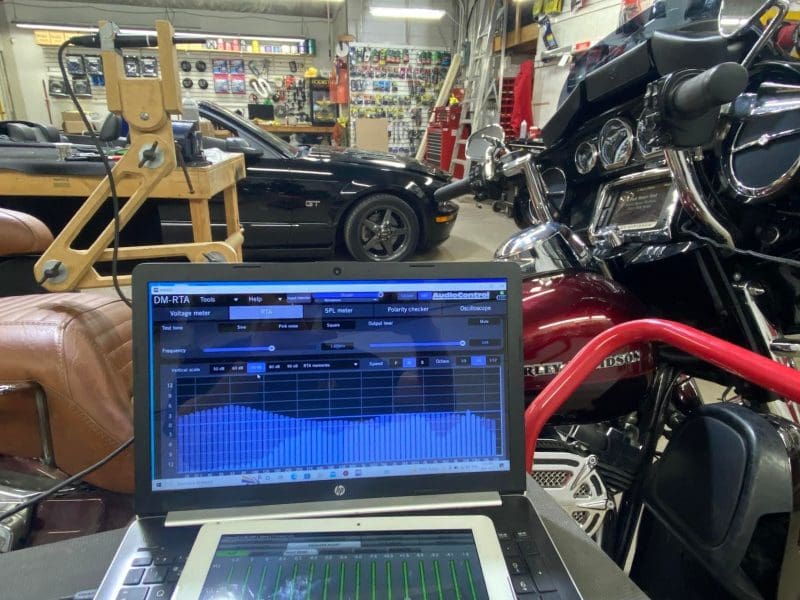
What If You Already Have a DSP and Need It Tuned?
If you have a system with a DSP installed and need someone to calibrate it properly, you might be in for a challenge. Many shops won’t work on processors they didn’t install. The technicians don’t know how the system was wired or whether each speaker was correctly installed. The technicians may not be familiar with the software used to set up the system. These items and more can make it nearly impossible to provide you with an accurate estimate of the time it will take to correctly configure your system. Some shops may take on the project with the agreement that the work will be done “by the hour.” It might take two or 10 hours to make your system sound right, depending on how it was installed. Not choosing the right shop to design, install, configure and calibrate your system can be frustrating.
Choose Your Installer Carefully
We can’t say this enough: Put some thought into deciding who will carefully install, properly configure and accurately calibrate the DSP in your vehicle. This process is more critical to the system’s performance than any product you choose. When it’s done right, your car stereo can sound amazing. If executed incorrectly, even the best equipment on the planet won’t sound good. Spend time researching, listening and talking to existing clients of a shop before you commit to letting them install a DSP in your car, truck, SUV, motorcycle or boat.
Lead-In Image: Thanks to the team at Atlantic Car Stereo in Dartmouth, Nova Scotia, for sharing this photo of their crew setting up an ARC Audio processor in a client’s vehicle.
